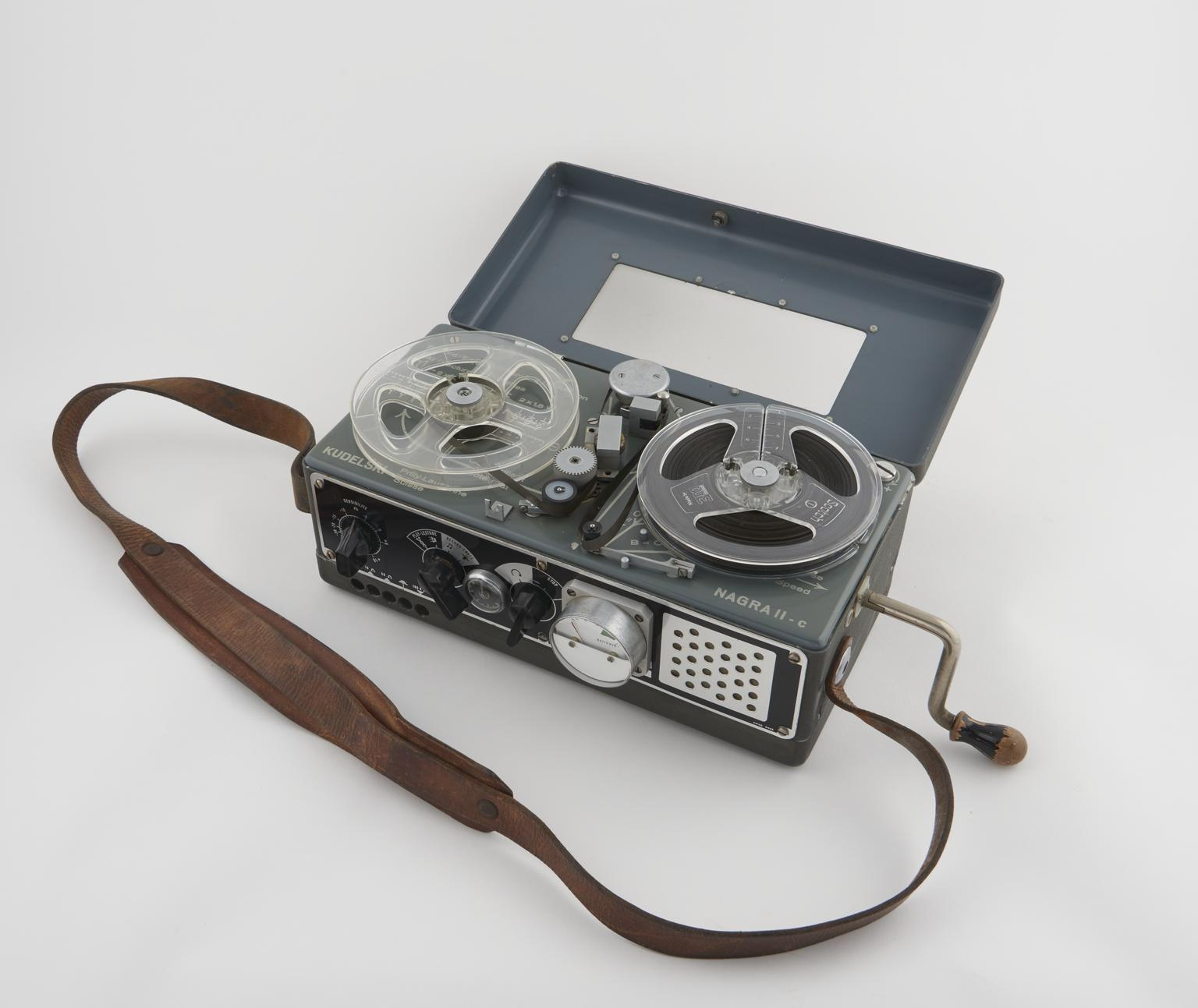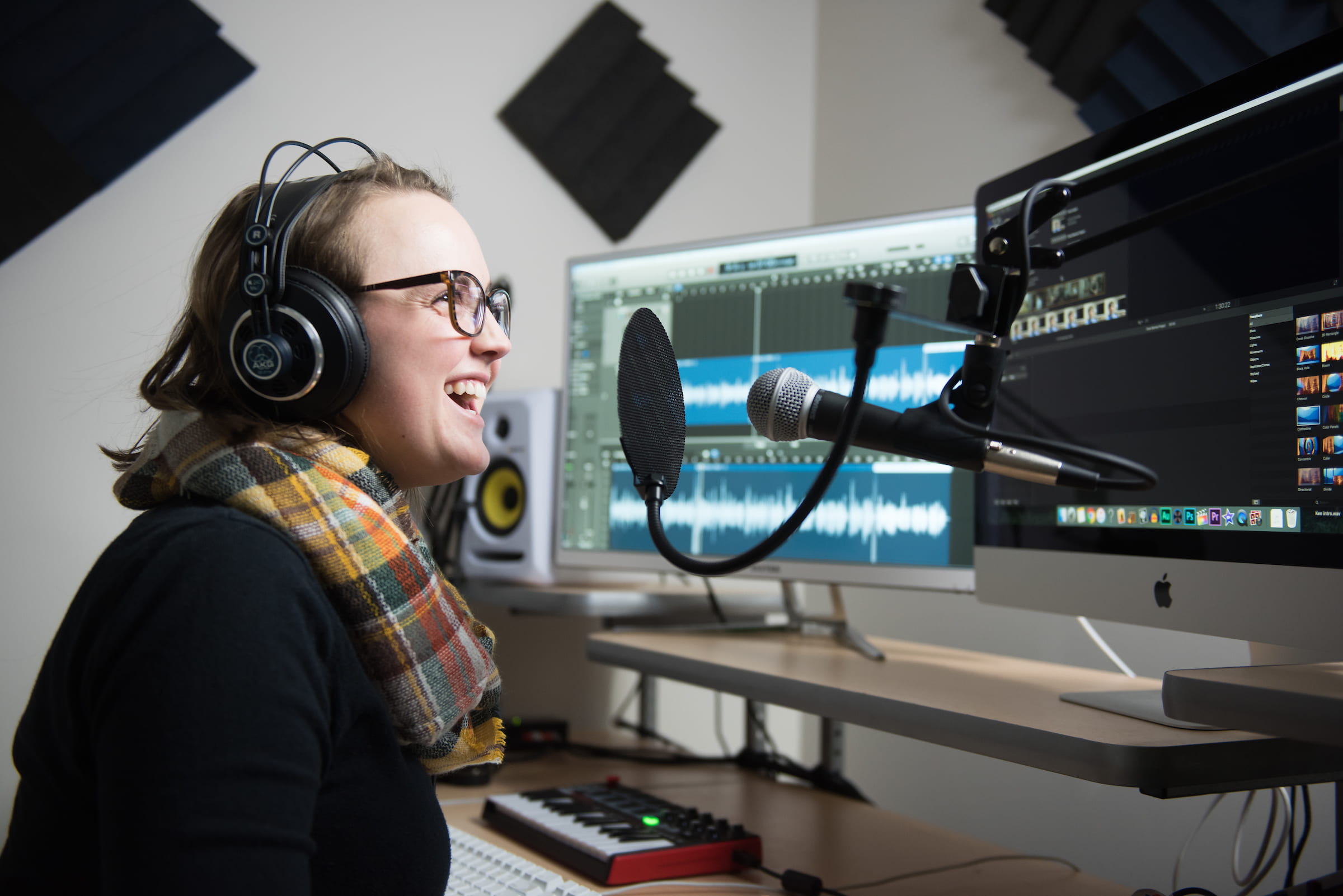Field Recording

Here are a few examples of field recording being used to convey a sense of place and explore abstract concepts of environmental and climate change wordlessly.
The first recording is from Christopher Girot of the Institute of Landscape Architecture and the Swiss Federal Institute of Technology in Zurich. The initiative involved Girot and students “documenting the melting landscapes of the Morteratsch Glacier region, using underwater and self made contact microphones” creating a”strong sensory experience and a meaningful witness of the rapid changes to come in the alpine landscape.”3
The second piece of audio is from a pretty prolific artist in field recording names Daniel Menche who certainly approaches the medium using an embodiment concepts, capturing sounds at specific angles, distances or at specific times that reveal new insights about a place. In this audio, Menche is recording an especially hot summer day in Oregon when you can hear the “cracklings and hums from the power lines that feed into the big cities.”4
Menche visited a remote mountainside where there are a cluster of electrical towers and no other noise pollution to capture the sound of “corona discharge,” which is the name for the acoustic sound of electricity reacting to humidity in the air on particularly hot days. By documenting this unique area during a heat wave (which sounds miserable to me), Menche’s recording makes us consider the explosive relationship between industrialization and nature and also how these reactions are happening around us all of the time in imperceptible ways.
The last recording I would like to share is from the Daniel Bachman, who is a musician that has become more interested in incorporating field recording, instrumentation and experimental sound design to explore the concept of “climate breakdown”, extreme weather events and it’s toll on people and nature. 5
Guides and Equipment Resources
Sound experts tend to get extremely fancy and expensive with their gear, but as these last three examples have demonstrated, finding an interesting area and documenting it from unique perspectives, distances and times of day or year are all that’s needed to add singular context to audio narratives. There are a ton of entry level resources for audio recording but this Ear Training Guide for Audio Producers 6 from the folks at NPR is an extremely practical reference for wind buffeting, distortion, hisses and hums that you will encounter during field recording as well as editing and mixing challenges you may find in the later stages of development.

All of the equipment you need for field recording is available at the Studio, a “dedicated space to students, staff, and faculty to record, edit, and digitize audiovisual content to support their teaching, learning, and creative pursuits at the University of Idaho.” Specific resources include a Tascam Portable Studio Recorder, Logitech headphones, Seagate Portable Drive and WiFi Hotspots as well as desktop computers with the editing software Audacity, GarageBand and, my preference, Adobe Audition. Here is the full user guide to all of the resources in the Studio, the list of video and audio equipment available and where you can reserve a space.
✺